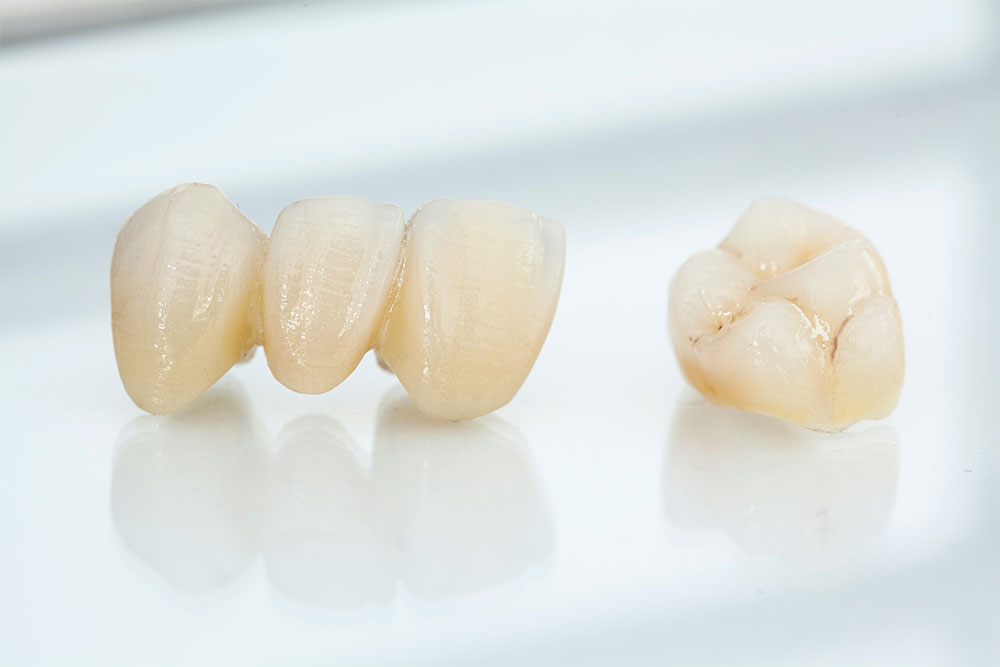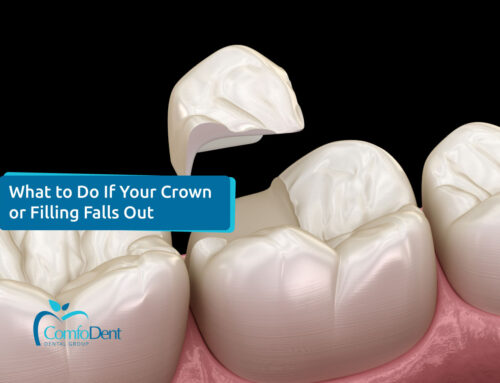A healthy smile is more than just a sign of confidence—it’s essential for proper chewing, speaking, and overall well-being. But sometimes, our teeth become damaged or weakened, making it necessary to restore them with a dental crown. A crown is a cap that covers a tooth, protecting it from further damage and restoring its function and appearance.
If you’re experiencing dental issues, you may be wondering if a crown is the right solution for you. In this guide, we’ll explore the signs that indicate you may need a dental crown, why they are important, and how they can help you maintain a healthy smile.
What Is a Dental Crown?
A dental crown is a custom-made cap placed over a damaged or weakened tooth to restore its strength, shape, and function. Crowns are made from different materials, including porcelain, ceramic, metal, or a combination of these. They are designed to match your natural teeth, ensuring a seamless and comfortable fit.
Signs You May Need a Dental Crown
1. A Cracked or Broken Tooth
Teeth can crack or break due to trauma, biting into something hard, or years of wear and tear. If a tooth is fractured, a filling may not be enough to repair it. A dental crown can provide the necessary strength and support to prevent further damage.
2. A Large Filling That’s Breaking Down
Over time, large fillings can weaken the surrounding tooth structure. If you’ve had a filling for many years and it starts to crack or break, a crown can help protect the remaining tooth and prevent the need for a more invasive procedure.
3. Severe Tooth Decay
When a cavity is too large for a regular filling, a crown is often the best solution. It provides a protective covering for the weakened tooth, preventing further decay and restoring full function.
4. Root Canal Treatment
After a root canal, the tooth is often left brittle and prone to breaking. A dental crown is typically recommended to reinforce the tooth and protect it from further damage.
5. Misshapen or Discolored Teeth
If a tooth is noticeably misshapen, worn down, or severely discolored, a crown can improve its appearance while also strengthening it.
6. Replacing a Missing Tooth with a Dental Bridge
If you have a missing tooth and are getting a dental bridge, crowns are used to support the bridge by covering the adjacent teeth. This helps create a stable and long-lasting solution.
7. Teeth Grinding (Bruxism) and Enamel Erosion
Chronic teeth grinding can wear down enamel and weaken teeth. In severe cases, crowns may be necessary to restore the shape and function of the affected teeth.

How Dental Crowns Help Protect and Restore Your Smile
A dental crown does more than just cover a tooth—it provides a variety of benefits:
✔ Restores Strength – Protects weak or damaged teeth from further harm.
✔ Prevents Further Decay – Covers cavities that are too large for fillings.
✔ Improves Appearance – Enhances the look of discolored or misshapen teeth.
✔ Supports Dental Work – Reinforces teeth after a root canal or helps anchor a dental bridge.
✔ Lasts for Years – With proper care, a dental crown can last a decade or longer.
The Process of Getting a Dental Crown
Step 1: Exam and Tooth Preparation
Your dentist will examine the tooth and take X-rays to assess its condition. If a crown is needed, the tooth will be reshaped to accommodate the crown.
Step 2: Taking Impressions
An impression of your tooth is taken to ensure a perfect fit. This can be done with traditional molds or digital scanning technology.
Step 3: Temporary Crown Placement
A temporary crown may be placed while your permanent crown is being crafted in a dental lab.
Step 4: Final Crown Placement
Once the permanent crown is ready, your dentist will remove the temporary crown and cement the new one in place, ensuring a comfortable and secure fit.
How to Care for Your Dental Crown
With proper care, your dental crown can last for many years. Follow these tips to extend its lifespan:
- Brush and floss daily to prevent plaque buildup.
- Avoid chewing on hard objects like ice or pens to prevent damage.
- Wear a nightguard if you grind your teeth while sleeping.
- Schedule regular dental check-ups to monitor the health of your crown and surrounding teeth.
When to See Your Dentist
If you experience pain, sensitivity, or notice that your crown feels loose or damaged, visit your dentist as soon as possible. Prompt care can prevent further complications and ensure your crown continues to protect your tooth.
Conclusion
A dental crown is a reliable solution for restoring damaged, decayed, or weakened teeth. If you’re experiencing any of the signs mentioned above, don’t wait—schedule a consultation with Comfodent Dental Group. Our expert team will assess your needs and provide a personalized treatment plan to restore your smile with a durable, natural-looking crown.
A healthy, beautiful smile is within reach—let’s make sure your teeth stay strong and protected!






